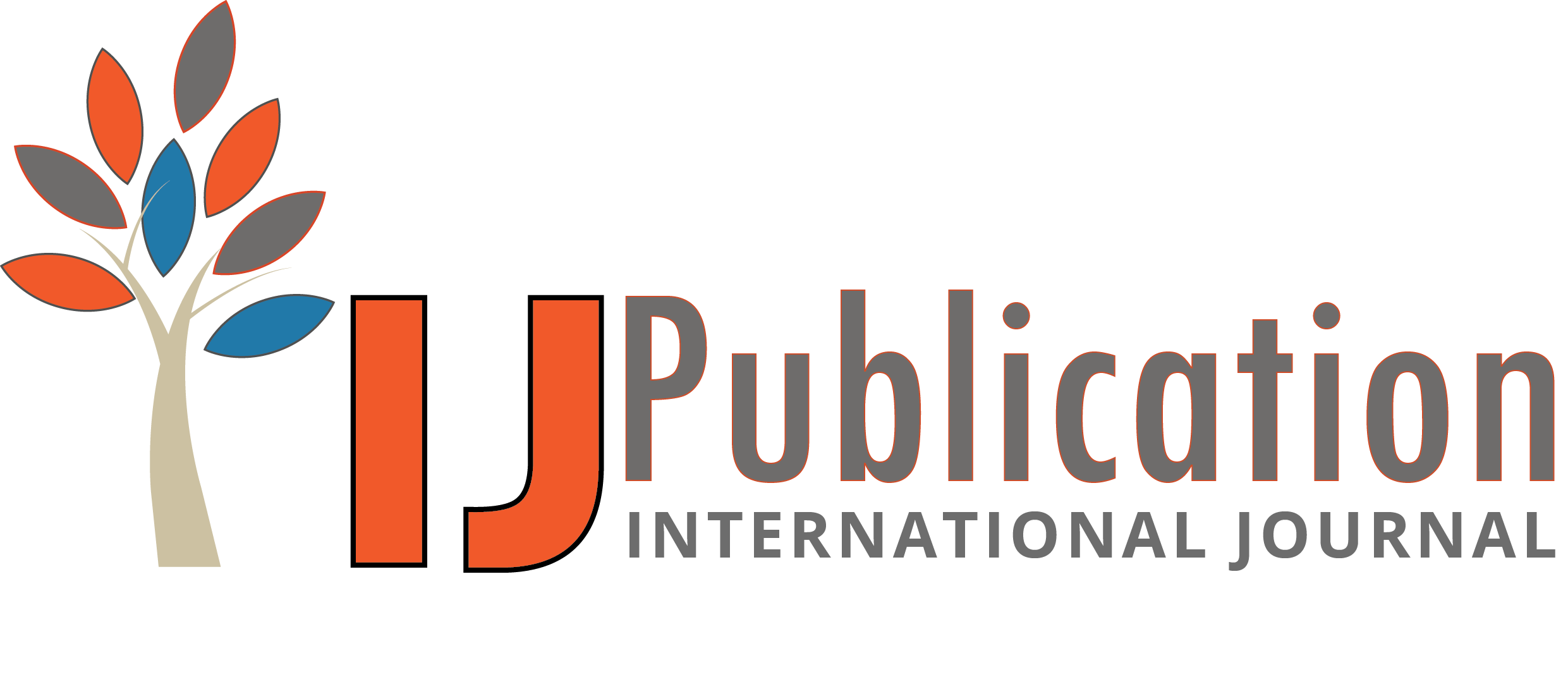Aashna Narula Reviewer
19 Nov 2025 02:43 PM
 Approved
Approved
Relevance & Originality
The paper addresses an area that remains important for both researchers and practitioners—industrial relations within Indian manufacturing units. The case-based approach is useful for understanding workplace realities. However, the manuscript relies heavily on established concepts and known industrial relations issues, which limits its novelty. The study would benefit from clearly identifying what makes this particular organisation or set of findings distinctive and how it contributes to contemporary debates on labour–management relations.
Methodology
The study employs a survey-based design supported by both descriptive and inferential statistics. While this structure is appropriate for examining organisational perceptions, several essential methodological details are missing. The sampling process is not explained, the basis for selecting departments and respondent categories is unclear, and no justification is provided for the sample size. The instruments used for data collection are not described in enough detail to evaluate their robustness. More clarity on how data were gathered, structured, and validated would significantly improve methodological soundness.
Validity & Reliability
Although various statistical tests are used, the manuscript provides no discussion of instrument reliability or any measures taken to ensure consistency in responses. The absence of information on pilot testing, internal reliability checks, or procedures to minimise response bias makes it difficult to judge the strength of the findings. Given that many results reflect subjective attitudes, potential distortions arising from organisational hierarchy or fear of repercussions should be addressed. Strengthening these aspects would enhance both validity and reliability.
Clarity & Structure
The paper contains substantial descriptive material, but the structure could be more coherent. The introduction includes extended background information that overshadows the research purpose. The results section is dominated by detailed tables that lack clear visual organisation, making them hard to interpret. Explanations of findings sometimes merge with anecdotal narrative, which affects academic clarity. A more concise introduction, cleaner data presentation, and a logically sequenced discussion would greatly improve the overall readability and impact of the manuscript.








Aashna Narula Reviewer